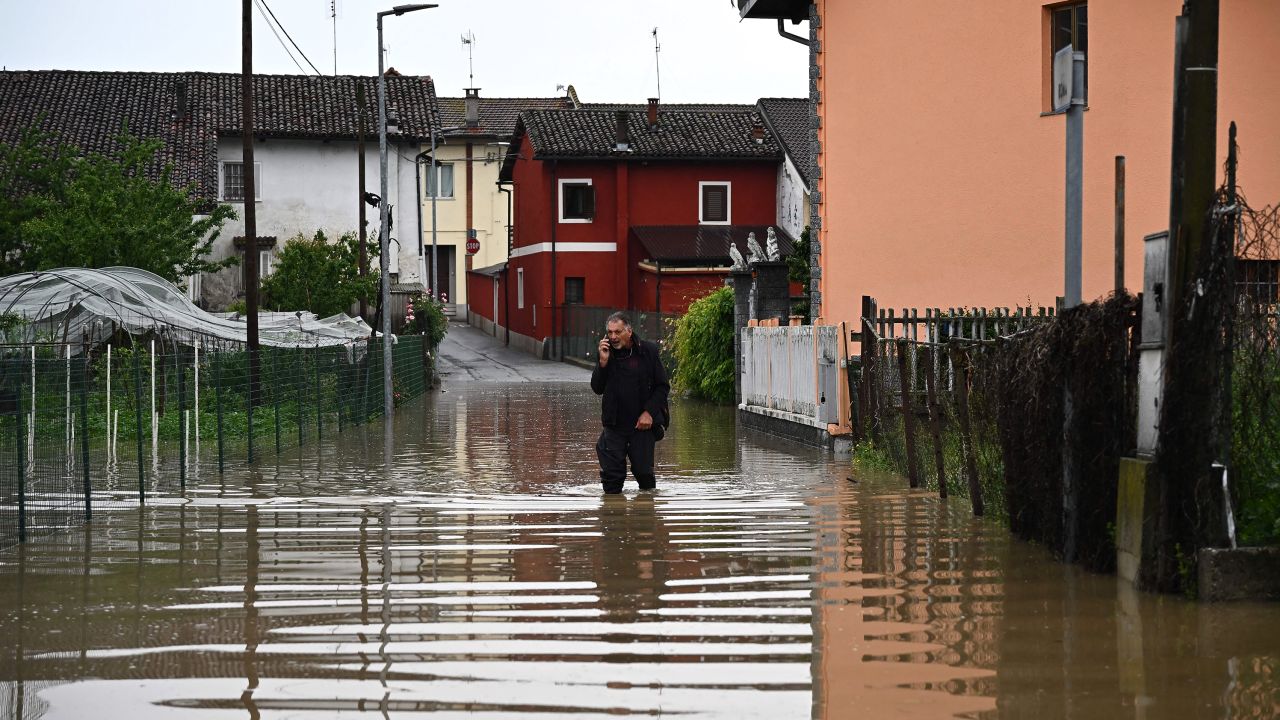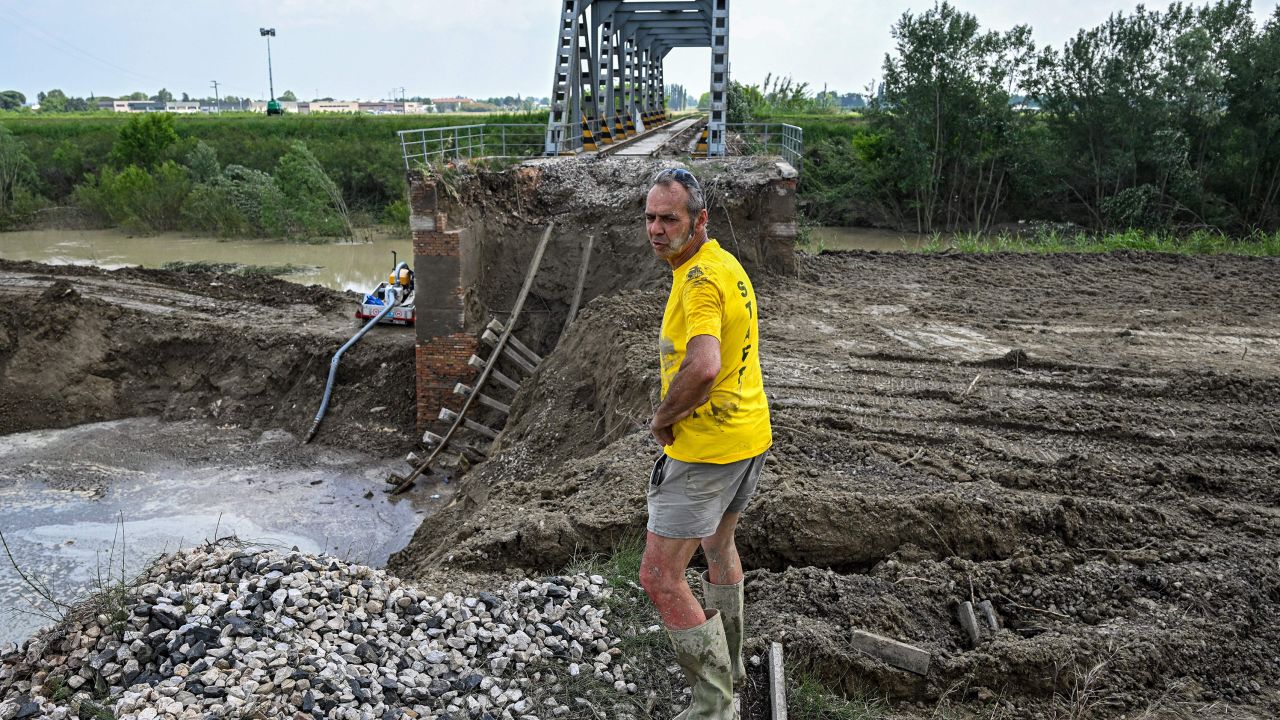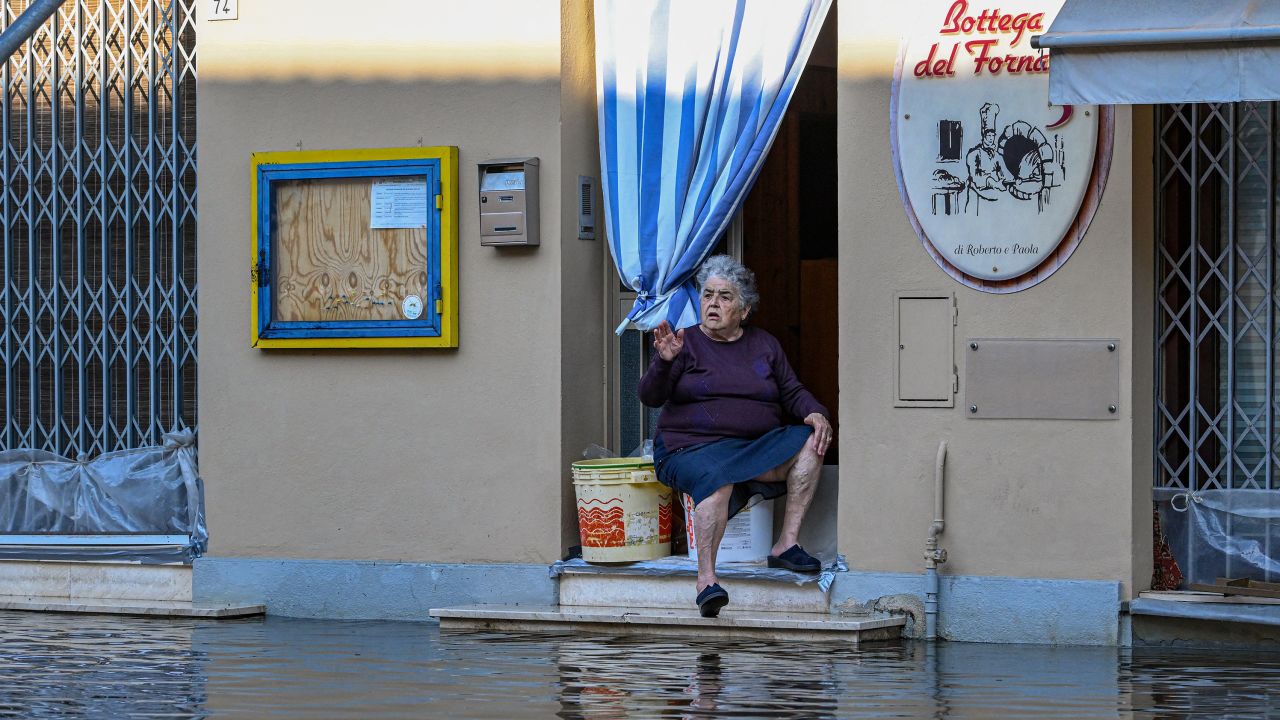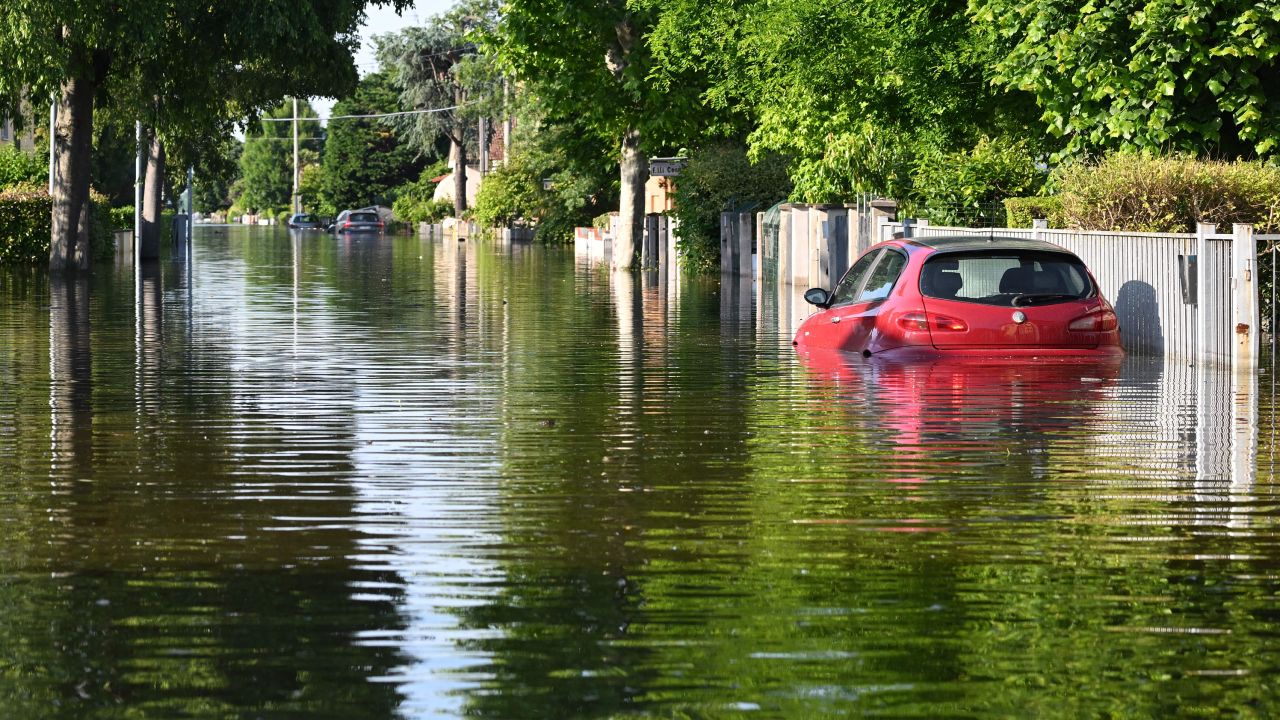
Meloni went to the region of Emilia-Romagna, where more than 36,000 people have been evacuated and at least 14 people died in the floods.
Of those evacuated nearly 5,000 are sheltering in government allocated centers such as cinemas and museums, according to officials from the region’s Civil Protection Agency.
About 16% of the region’s territory has been evacuated so far, officials said.


Clean-up operations are in full swing, with video from the emergency services on Saturday showing the removal of mud from washed out roads after landslides.
More than 20 rivers burst their banks across the region, causing 280 landslides, the Civil Protection department said earlier this week.
Meanwhile up to 27,000 people were left without power, according to Enel, the Italian multinational manufacturer and distributor of electricity and gas.
The flooding also devastated farmland and drowned livestock, in a region renowned for its gastronomy. A farming association called the damage “incalcuable.”


The torrential rains come after months of drought that dried out the land – which meteorologists say has reduced its capacity to absorb water, worsening the floods.
Water levels on northern Italy’s Lake Garda fell to record lows in February, with Venice experiencing unusually low tides.
From lengthy droughts to severe flooding, the intensity of water-related disasters around the world has increased over the last two decades as global temperatures climbed to record levels, according to recent research.
CNN’s Niamh Kennedy and Barbie Latza Nadeau contributed to this report.




